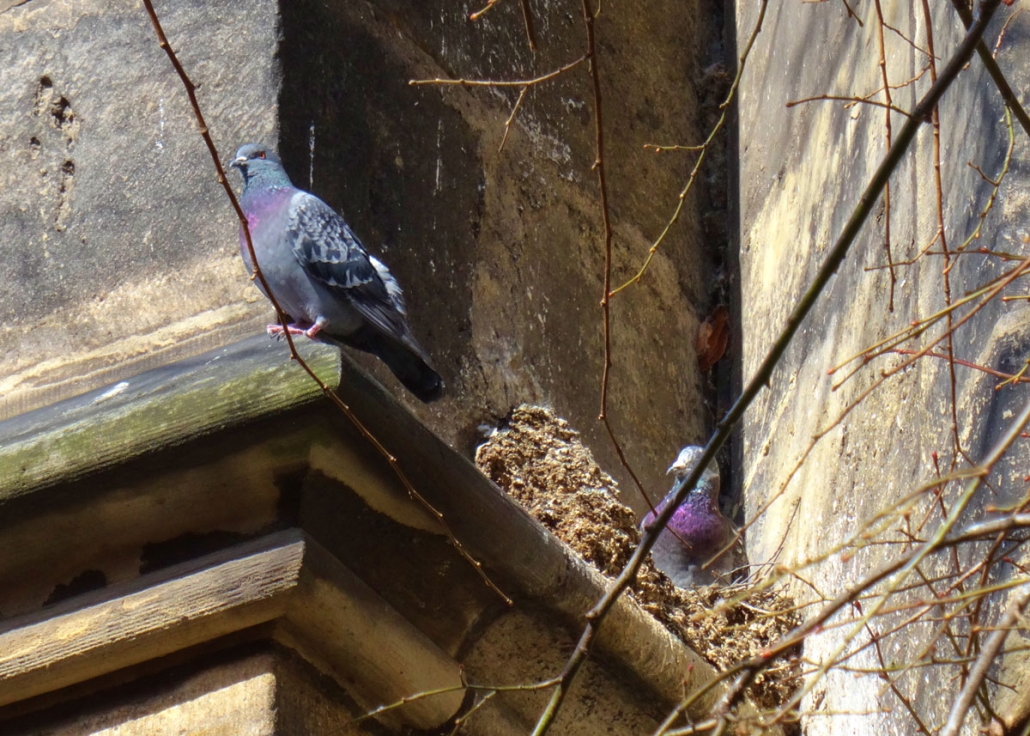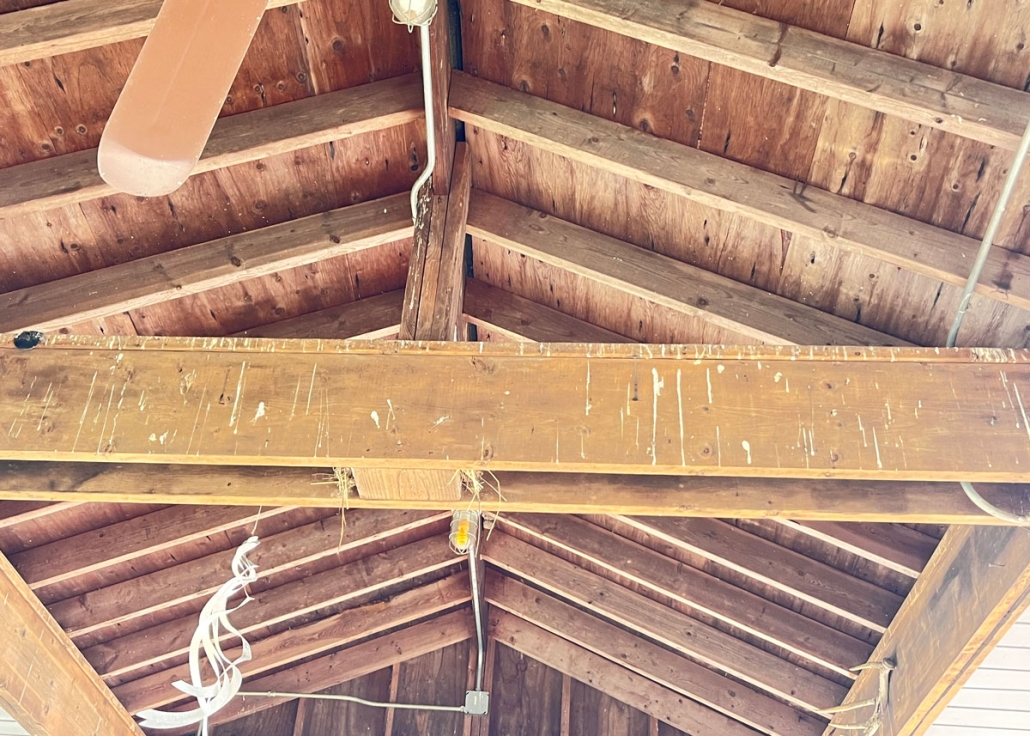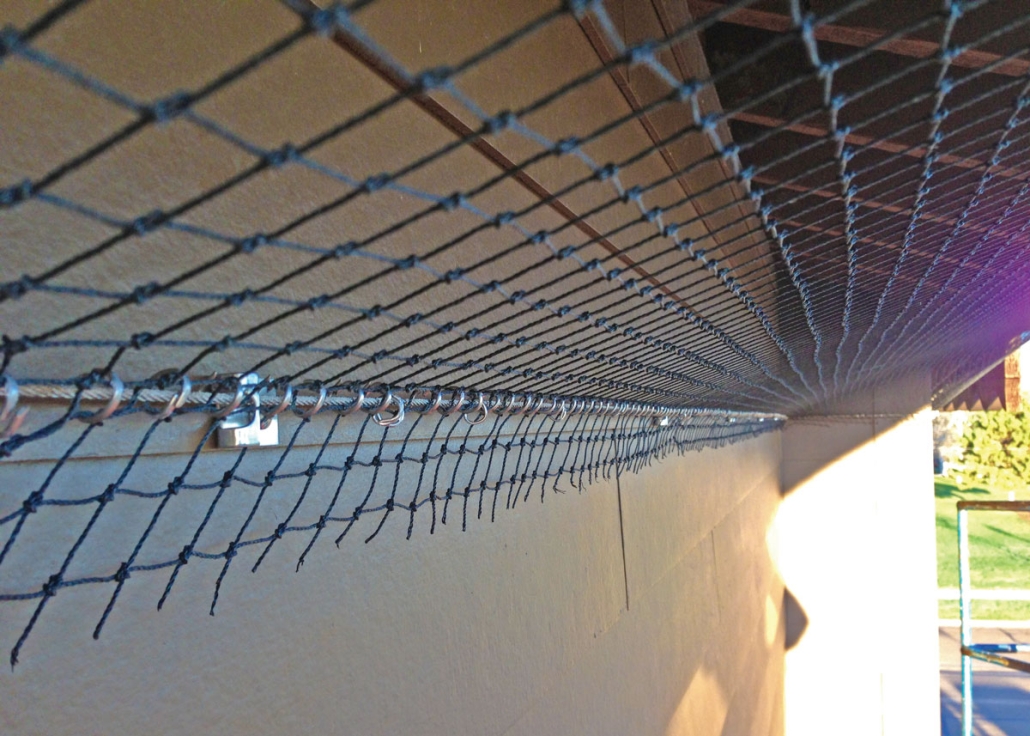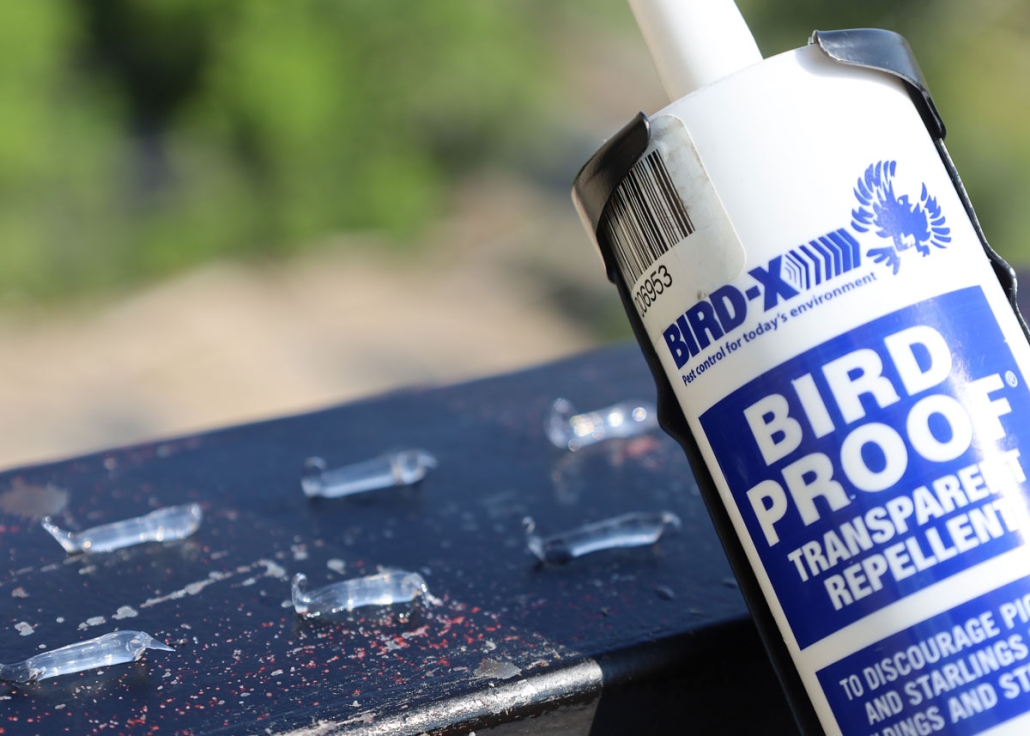Bird Control Solutions for Facilities Managers
A Guide to Protecting Your Property
Bird infestations create significant challenges for facilities managers overseeing commercial, industrial, and institutional properties. From health hazards and structural damage to aesthetic concerns and regulatory compliance issues, uncontrolled bird populations can lead to costly consequences that affect operations, tenant satisfaction, and profitability. Implementing effective bird control solutions is essential to maintaining professional, safe, and clean facilities.
The Importance of Bird Control for Facility Management

Bird infestations bring a variety of health, safety, and operational concerns. Photo credit: Kalispera Dell
Unmanaged bird activity results in a host of problems that facilities managers must address proactively. Bird droppings harbor harmful bacteria, fungi, and parasites, posing serious health risks to occupants. Accumulated waste creates slip hazards and contaminates HVAC systems, spreading airborne pathogens throughout the facility. Birds are known to carry over sixty transmissible diseases, including Salmonella, E. coli, and histoplasmosis. Beyond health risks, bird droppings are highly acidic and corrode building materials, stain surfaces, and accelerate the deterioration of roofs, facades, and equipment. Nesting materials clog gutters, drains, and ventilation systems, leading to water damage and expensive repairs. Birds may also damage solar panels, HVAC units, and signage, further compounding maintenance costs.
A clean, bird-free environment enhances tenant satisfaction and preserves the professional image of a property. Bird activity near entrances, parking areas, and shared spaces detracts from the facility’s appeal, making it essential to address these issues promptly. Many jurisdictions require facilities to maintain pest-free environments, and bird infestations can result in health code violations, fines, or legal liability if occupants are affected by bird-related contamination. The financial impact of bird infestations can escalate quickly, with costs associated with cleaning, repairs, and health issues. Proactive bird control is far more cost-effective than reactive cleanup and remediation.
Site Evaluation: Identifying Bird Problems and Infrastructure Vulnerabilities

Inspect critical infrastructure features or weaknesses that could allow birds to enter a building, perch, roost, or nest.
A thorough site assessment is critical for identifying existing bird problems and infrastructure vulnerabilities. Facilities managers should conduct regular evaluations to determine the extent of bird activity and address potential issues before they escalate. Signs of bird activity, such as droppings, feathers, nesting materials, or bird sightings, should be documented, with particular attention to building perimeters, rooflines, outdoor dining areas, and loading docks. Identifying the types of birds present is important, as different species require tailored control measures. Structural vulnerabilities should also be addressed, including ledges, overhangs, gaps in materials, and equipment housings that attract birds or provide nesting opportunities. Roof areas, HVAC units, and solar panel installations are particularly susceptible to bird activity. Additionally, food and water sources such as outdoor dining areas, dumpsters, landscaping features, or irrigation systems should be managed to reduce bird attraction. Environmental factors like seasonal patterns, migration routes, and nearby attractions such as parks or water sources should be considered to anticipate peak bird activity and plan accordingly. Documentation and monitoring of problem areas and bird activity are essential for tracking the effectiveness of control measures and addressing new issues promptly.
Professional Cleaning of Existing Bird Infestations
Proper cleanup of bird infestations requires specialized knowledge and equipment, making professional remediation essential. Federal and state regulations protect many bird species, and improper removal or nest disturbance can result in legal consequences. Professional bird control companies ensure compliance with these laws while using specialized safety equipment to handle hazardous bird waste without exposing occupants or workers to health risks. Effective cleanup requires professional-grade cleaners, such as Bird-X Evo Cleaner, which are formulated to break down uric acid deposits, eliminate bacteria, and neutralize odors. Standard cleaning chemicals are often ineffective for bird waste remediation. After cleaning, structural vulnerabilities that contributed to the infestation must be addressed. Repairs may include sealing gaps, replacing damaged materials, and modifying architectural features to eliminate roosting sites.
Comprehensive Bird Control Methods for Facilities
Effective bird control relies on an integrated approach that combines multiple deterrent methods tailored to specific bird species and site conditions. Bird spikes, made from stainless steel or plastic, create uncomfortable landing surfaces that prevent birds from roosting without harming them. Stainless steel spikes offer long-term durability and are ideal for high-traffic areas, while plastic spikes provide cost-effective solutions for less critical applications and are well suited for coastal climates.

Bird Netting creates a physical barrier that excludes pest birds from infrastructure weaknesses and openings
Bird netting is another effective exclusion method, blocking birds from accessing specific areas such as rooftops, canopies, and loading docks. Flame-resistant and UV-stabilized netting options ensure durability and safety. Bird wire systems create unstable landing surfaces, discouraging birds without compromising aesthetics, making them ideal for historic buildings and upscale properties. Shock Track systems, such as AviShock™, deliver harmless, low-voltage shocks that condition birds to stay away while preserving architectural integrity. These discreet systems are effective for persistent bird problems and species that ignore other deterrents.

Bird Proof® Gel creates tactile discomfort when birds land, prompting them to avoid the treated area
Sound-based deterrents, including sonic and ultrasonic systems, discourage bird activity by broadcasting distress calls, predator sounds, or high-frequency noises that irritate birds. Liquid and gel aversions, such as Bird Proof® Gel and Bird Stop® Liquid Deterrent, create uncomfortable surfaces or invisible barriers that birds find unpleasant. Bird Proof® Gel remains effective in various weather conditions and is ideal for spot treatments, while Bird Stop® Liquid Deterrent irritates birds’ trigeminal systems, discouraging landing and roosting. Predator decoys, which exploit birds’ natural fear responses, are also effective when repositioned regularly to prevent habituation.
Long-term success in bird control requires a comprehensive, ongoing approach. Addressing bird problems proactively through regular site evaluations and preventive measures is essential. Combining multiple deterrent methods tailored to specific bird species and site conditions ensures maximum effectiveness. Regular maintenance of deterrent systems and prompt attention to new problem areas help sustain results over time. Consulting with bird control specialists ensures compliance with regulations and maximizes the effectiveness of bird management programs.
Protect Your Property
Facilities managers can protect their properties, occupants, and budgets by implementing proactive and strategic bird control programs. Proper planning, remediation, and deterrent systems can effectively eliminate and prevent bird problems, creating cleaner, safer, and more professional environments. For expert assistance, contact our team of bird control specialists at (800) 662-5021.





Leave a Reply
Want to join the discussion?Feel free to contribute!